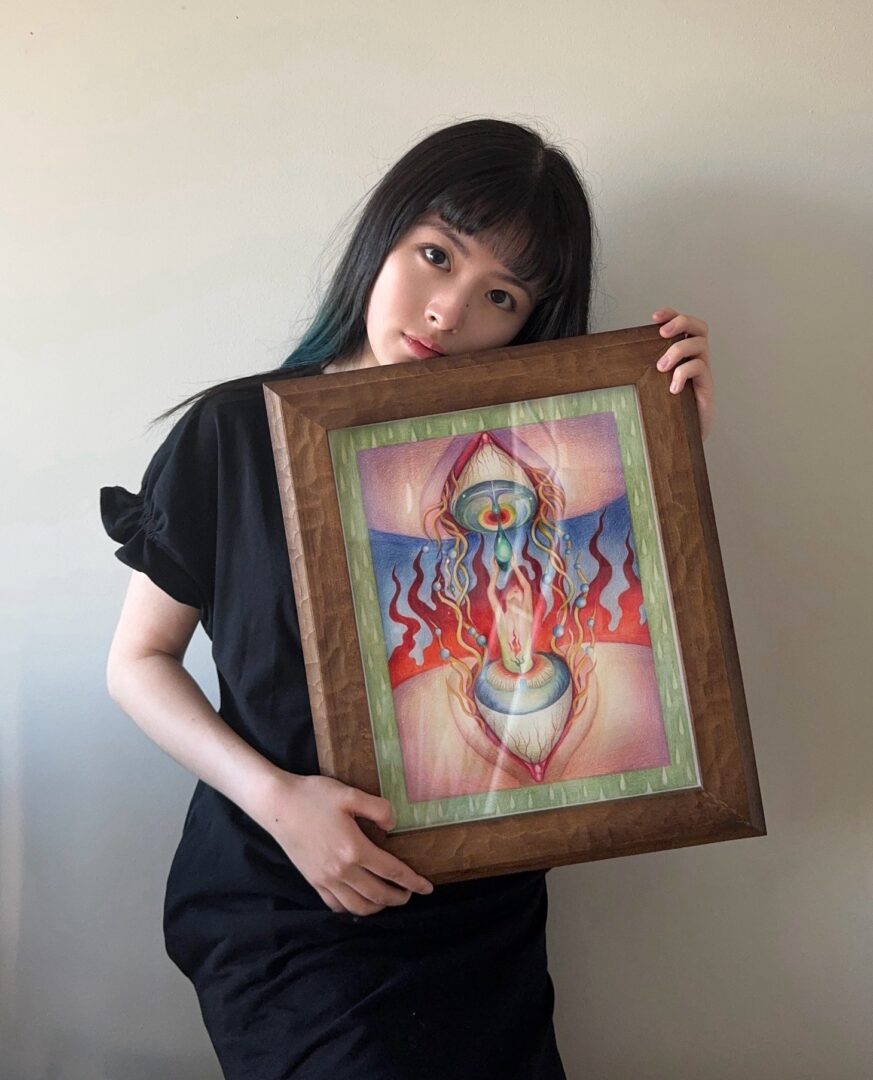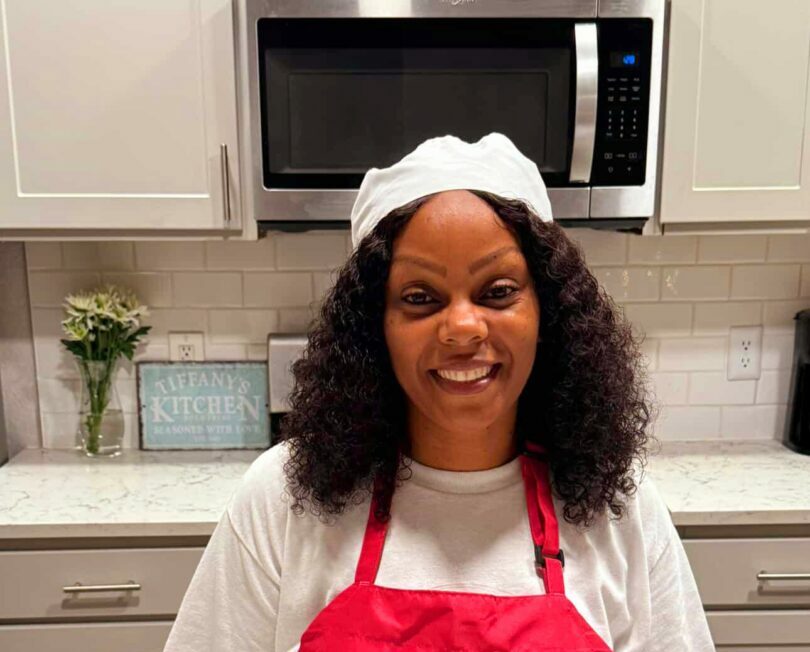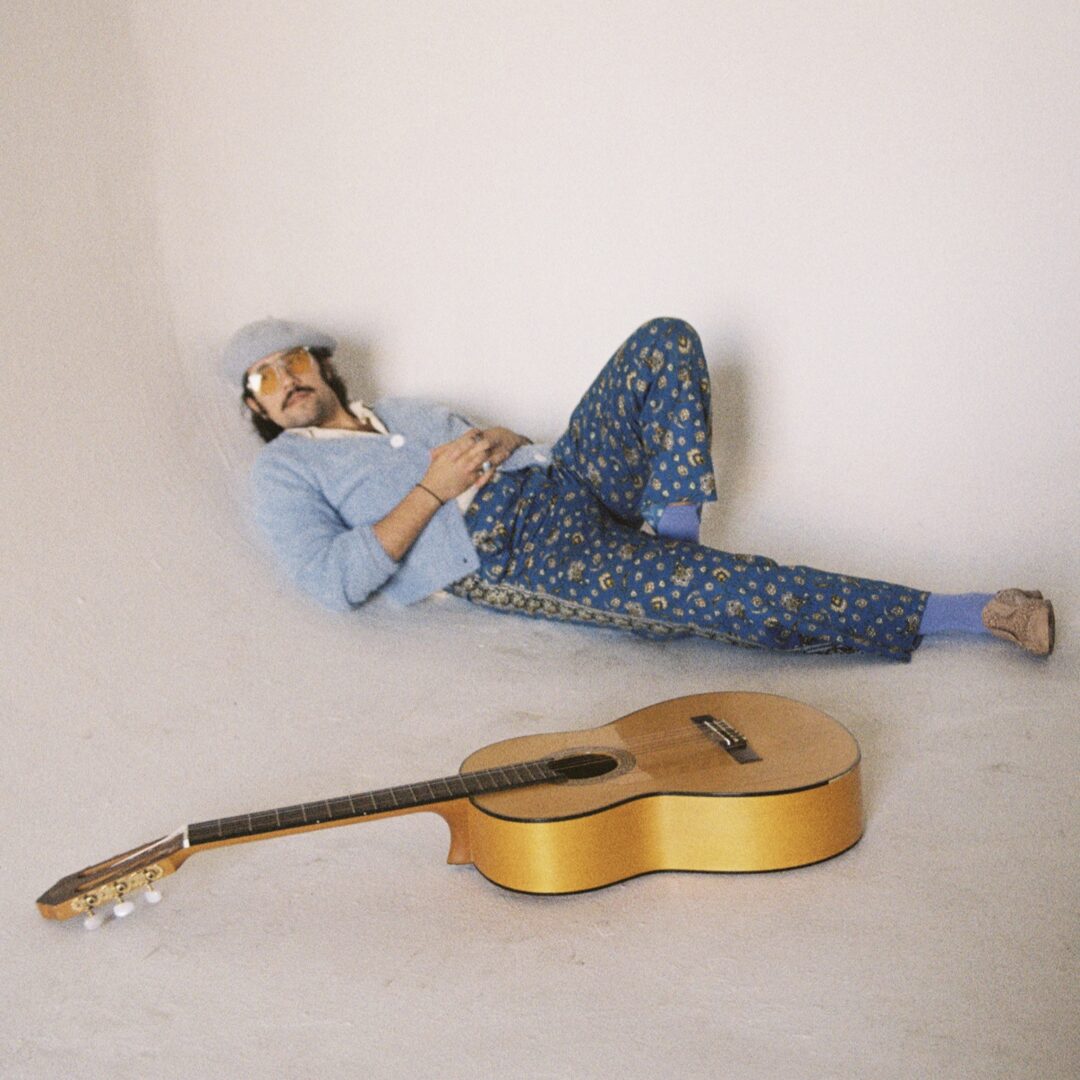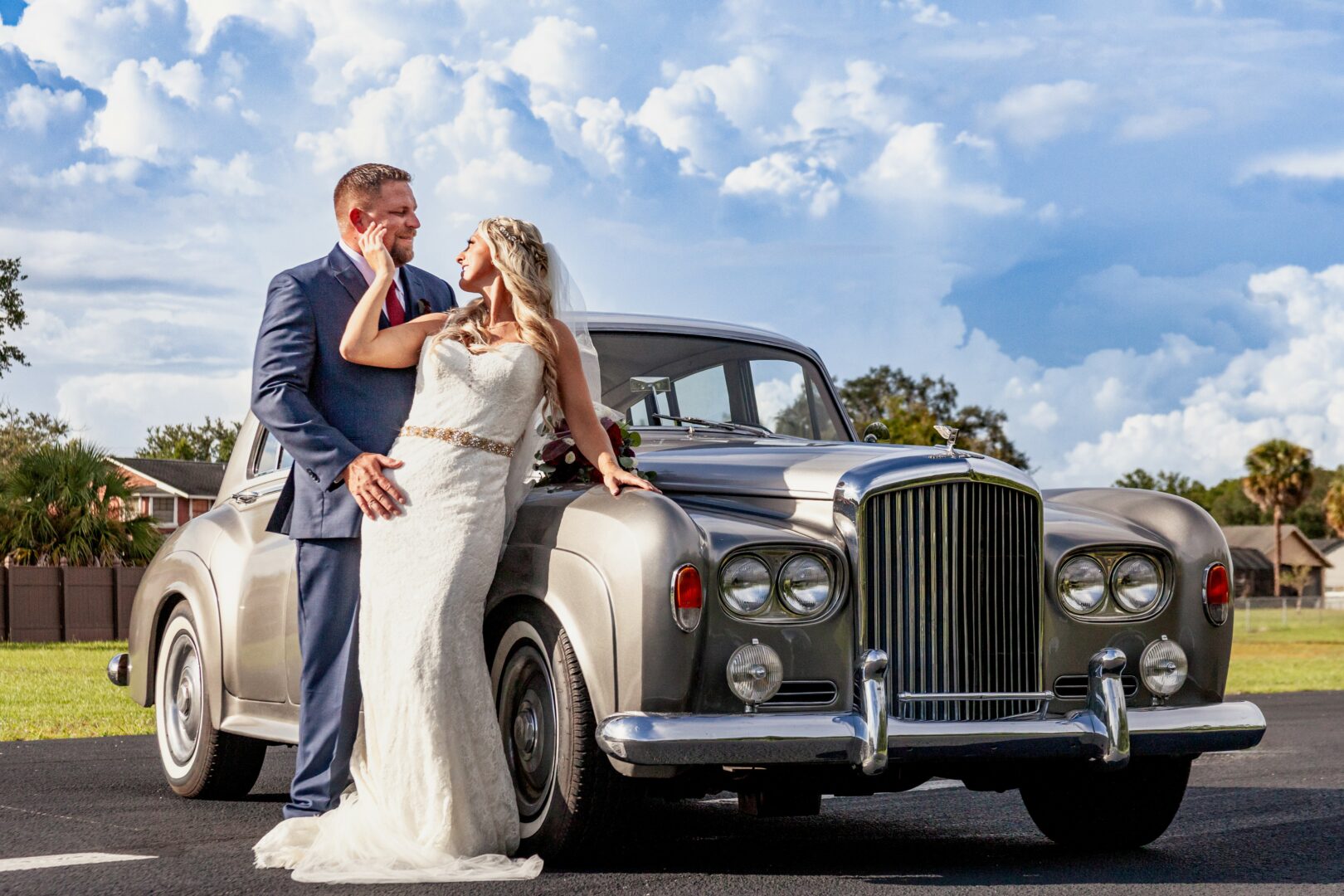Alright – so today we’ve got the honor of introducing you to Leyla Cui. We think you’ll enjoy our conversation, we’ve shared it below.
Leyla, appreciate you making time for us and sharing your wisdom with the community. So many of us go through similar pain points throughout our journeys and so hearing about how others overcame obstacles can be helpful. One of those struggles is keeping creativity alive despite all the stresses, challenges and problems we might be dealing with. How do you keep your creativity alive?
I keep my creativity alive by immersing myself in a continuous dialogue between observation, introspection, and creation. My process is deeply influenced by literature, philosophy, and everyday encounters that evoke emotions and memories. I see art as a way to translate complex, often contradictory feelings into visual narratives, which keeps me engaged and constantly evolving.
Reading plays a crucial role in my creative process. I draw inspiration from philosophy, fiction, and poetry, particularly works that explore existential themes, identity, and the subconscious. Writers like Albert Camus, Gabriel García Márquez, and Haruki Murakami influence my artistic storytelling, offering perspectives that blend reality with dreamlike elements. I also engage with theoretical texts on aesthetics and art history, such as Kant’s Critique of Judgement or Kristeva’s Intimate Revolt, which challenge my understanding of beauty, desire, and subjectivity.
I often take notes or sketch while reading, allowing words and abstract concepts to transform into visual metaphors in my work. Certain passages resonate with me deeply and become the foundation for new artistic ideas, where I explore liminal spaces, duality, and the fluidity of memory. Reading not only expands my intellectual framework but also helps me refine my visual language, enabling me to express emotions and ideas in more profound and layered ways.
Exploring different mediums and techniques—whether through illustration, painting, or sculpture—also fuels my creativity. I often experiment with surreal compositions that bridge the personal and the universal, allowing me to push the boundaries of storytelling. Creativity, for me, is a cycle of absorbing, processing, and expressing, and I nurture it by staying curious, open, and willing to embrace the unknown.
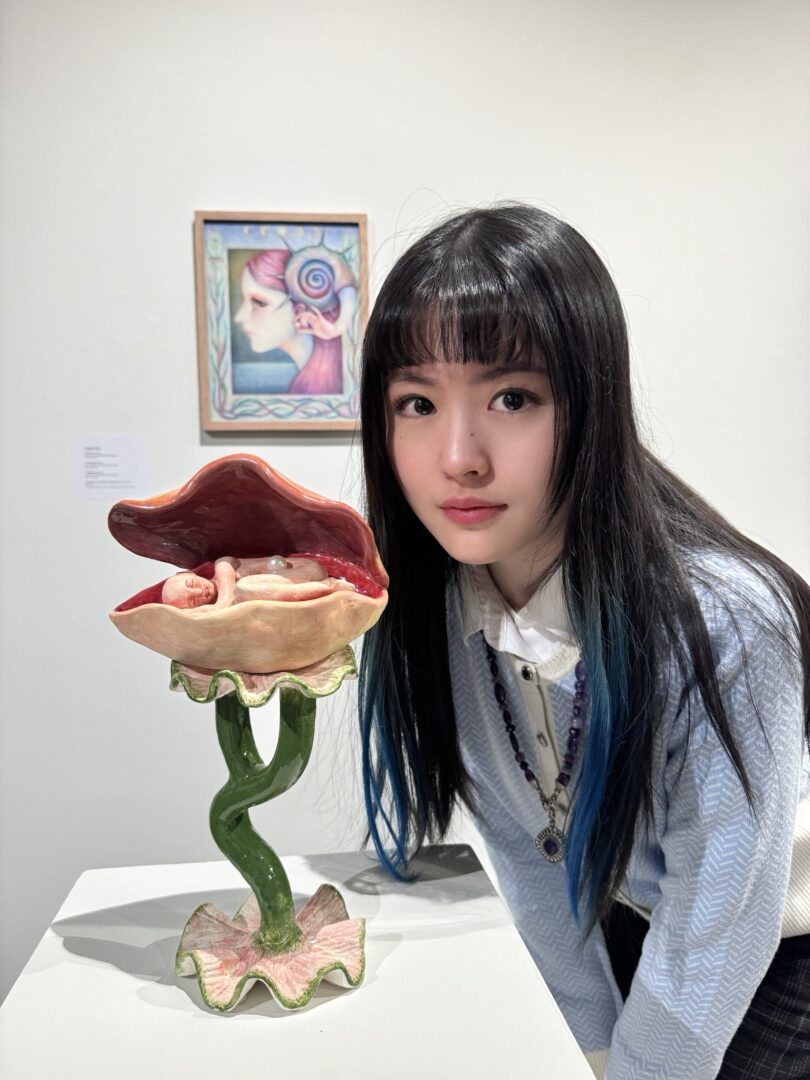
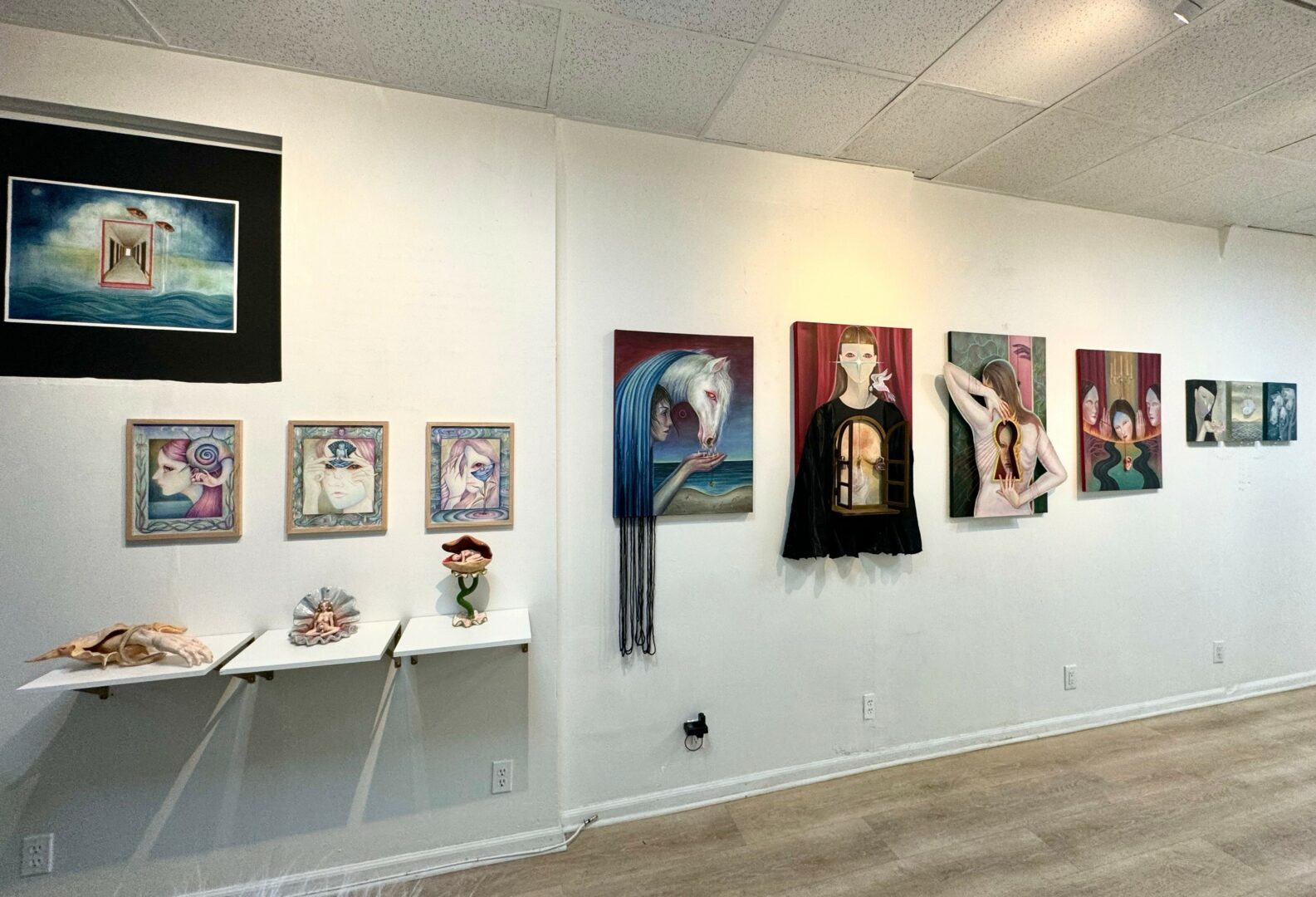
Thanks for sharing that. So, before we get any further into our conversation, can you tell our readers a bit about yourself and what you’re working on?
I am a surrealist artist and illustrator based in New York City, deeply invested in exploring the intricate relationships between memory, identity, and femininity in contemporary society. My work merges dreamlike narratives with psychological depth, often depicting figures entangled in fluid, symbolic compositions. I strive to capture emotions that starkly contrast yet frequently coexist—aspiration and loss, unsettling and peace—within the fragile yet transformative period of youth.
One of the most exciting aspects of my practice is the interplay between storytelling and materiality. I experiment with different mediums, including illustration, painting, sculpture, and mixed media, using elements like thread, hair, and organic forms to create layered, textural narratives. My recent series, To Produce, To Create, To Nurture, delves into themes of fertility, creation, and inner transformation, using shell and pearl motifs to symbolize growth and cyclical energy.
My work has been exhibited in prominent galleries, showcasing my exploration of surrealism, identity, and emotional depth. The Unveiled Gaze was featured in The Imaginary Made Real at Berry Campbell Gallery, Chelsea, NYC, examining vision and hidden narratives through layered materials. At Chambers Fine Art, Genesis: A New Generation of Chinese Artists highlighted my engagement with cultural heritage and contemporary expression. My work was also shown in A Happy Beginning at LATITUDE Gallery and my solo exhibition at Temple Gallery, exploring transformation and intimacy. These experiences have shaped my evolving practice, and I am actively seeking opportunities in illustration, fashion, publishing, and gallery work, expanding into editorial illustration and interdisciplinary collaborations.
I invite audiences to immerse themselves in my art world, where emotions take visual form and familiar elements are reconfigured to reveal hidden narratives. For those interested, my work can be explored further at my personal website: https://leylaacui.cargo.site/
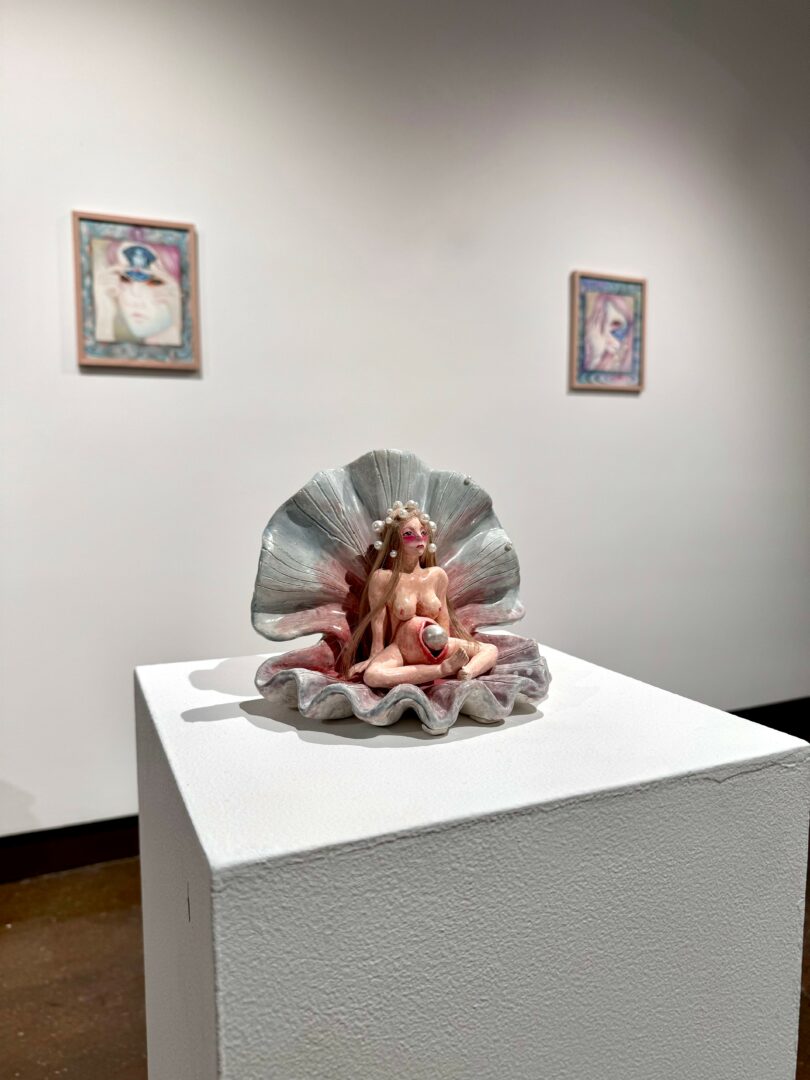
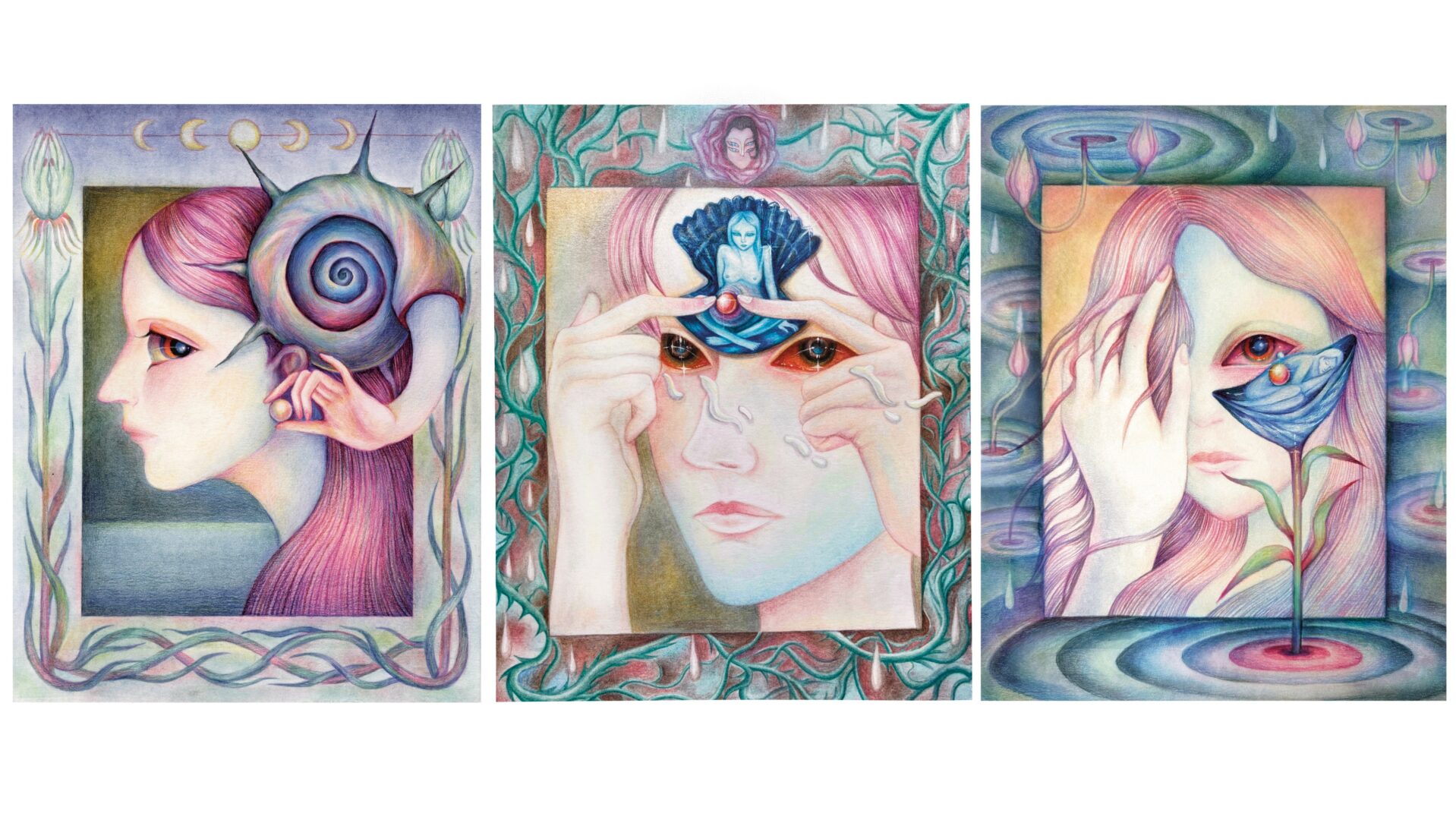
There is so much advice out there about all the different skills and qualities folks need to develop in order to succeed in today’s highly competitive environment and often it can feel overwhelming. So, if we had to break it down to just the three that matter most, which three skills or qualities would you focus on?
Looking back, three key factors that have shaped my artistic journey are storytelling through visual language, adaptability across mediums, and deep engagement with philosophy and literature. My work is driven by the ability to translate emotions and abstract concepts into visual narratives.
Adaptability across different mediums has also been crucial to my growth. Working with illustration, painting, sculpture, and mixed media allows me to push the boundaries of storytelling and discover new ways to communicate complex ideas. Each material offers unique possibilities—some bring depth and texture, while others introduce fluidity and spontaneity. I encourage young artists to explore various techniques without fear of failure. Experimenting beyond one’s comfort zone often leads to unexpected breakthroughs, and learning from different disciplines fosters a more dynamic creative process.
Lastly, engaging with philosophy and literature has provided a strong conceptual foundation for my work. Writers like Camus, Murakami, and Kristeva have influenced my understanding of themes such as existentialism, perception, and subjectivity. Reading beyond traditional art theory—whether philosophy, poetry, or fiction—opens new perspectives and challenges conventional ways of thinking. I recommend keeping a journal to reflect on readings and integrating these ideas into one’s artistic practice. Ultimately, staying curious, embracing challenges, and continuously refining one’s voice are essential for creative and intellectual growth.
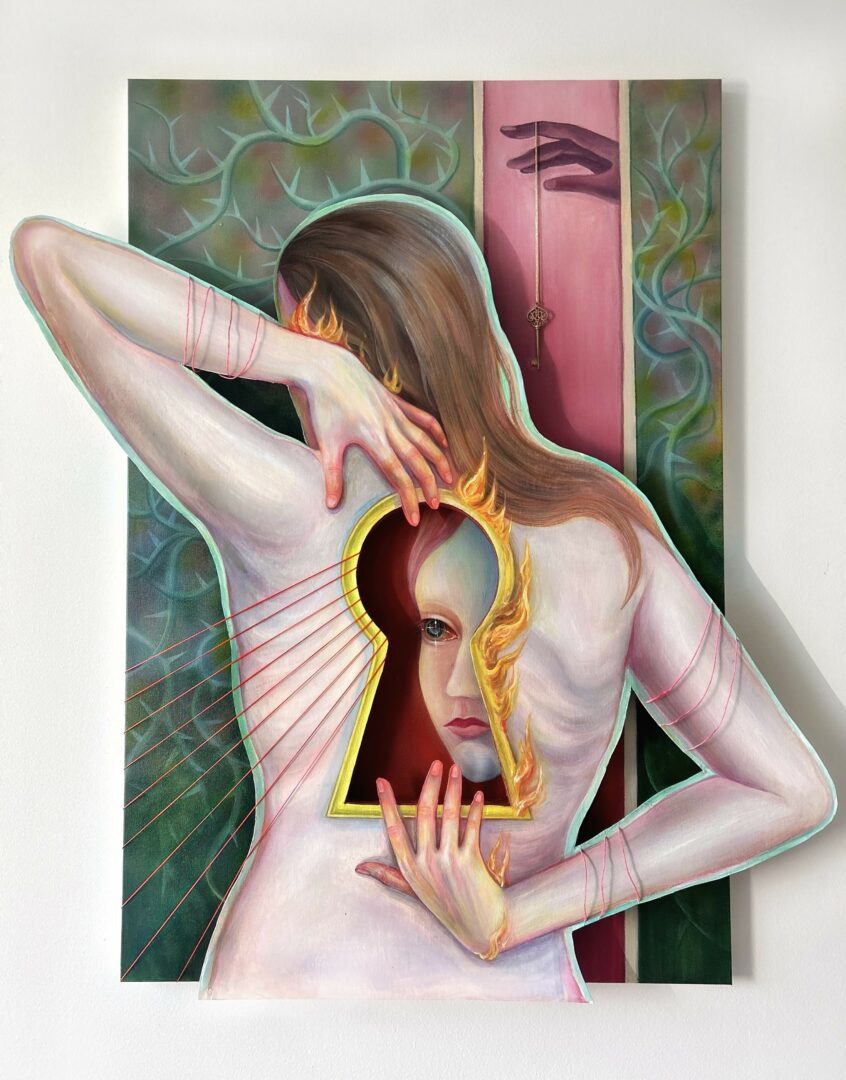
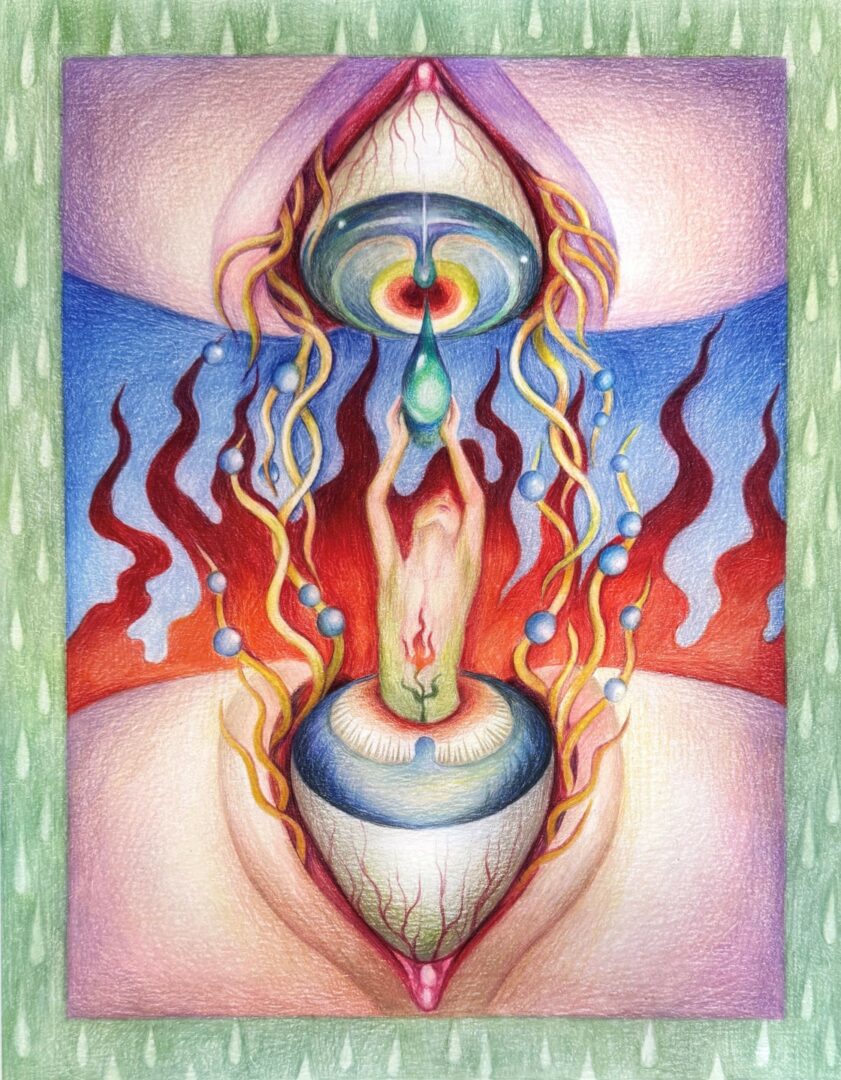
What’s been one of your main areas of growth this year?
Over the past 12 months, my biggest area of growth has been refining my conceptual depth and expanding the materiality of my work. I have deepened my engagement with philosophy and literature, incorporating more nuanced theoretical frameworks into my artistic practice.
At the same time, I have pushed my boundaries in material exploration, integrating new techniques and mixed media approaches. Experimenting with textures and sculptural elements has added dimensionality to my work, reinforcing the interplay between physicality and narrative. This process has also made me more open to embracing unpredictability, letting the materials guide the evolution of a piece rather than controlling every aspect from the outset.
Professionally, I have gained insight into the different ways art functions within the commercial, institutional, and independent art worlds. Navigating exhibitions, curatorial processes, and industry conversations has shaped my understanding of where I want to take my work. I see my practice as existing at the intersection of fine art, illustration, and conceptual storytelling, and I aim to continue developing projects that bridge these disciplines. Moving forward, I seek to integrate research, experimentation, and storytelling in a way that not only deepens my personal expression but also contributes to larger cultural and philosophical dialogues.
Contact Info:
- Website: https://leylaacui.cargo.site/
- Instagram: @leyla_c_art
- Linkedin: https://www.linkedin.com/in/leyla-cui-81720b331/
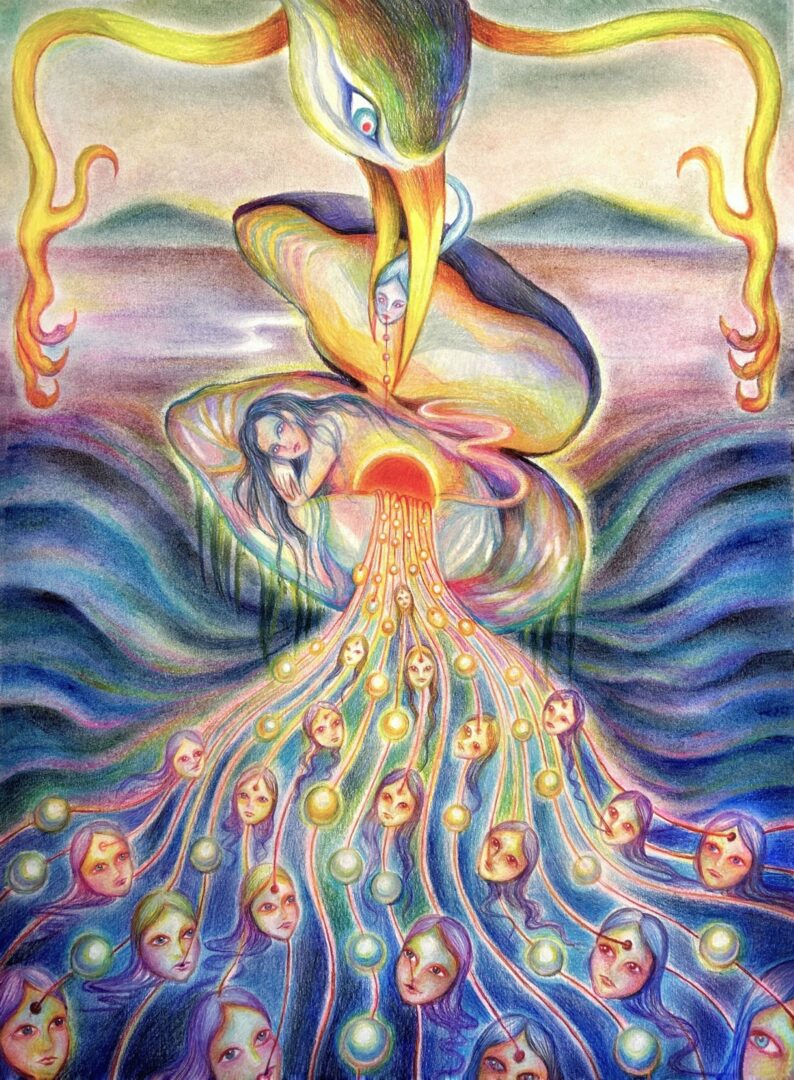
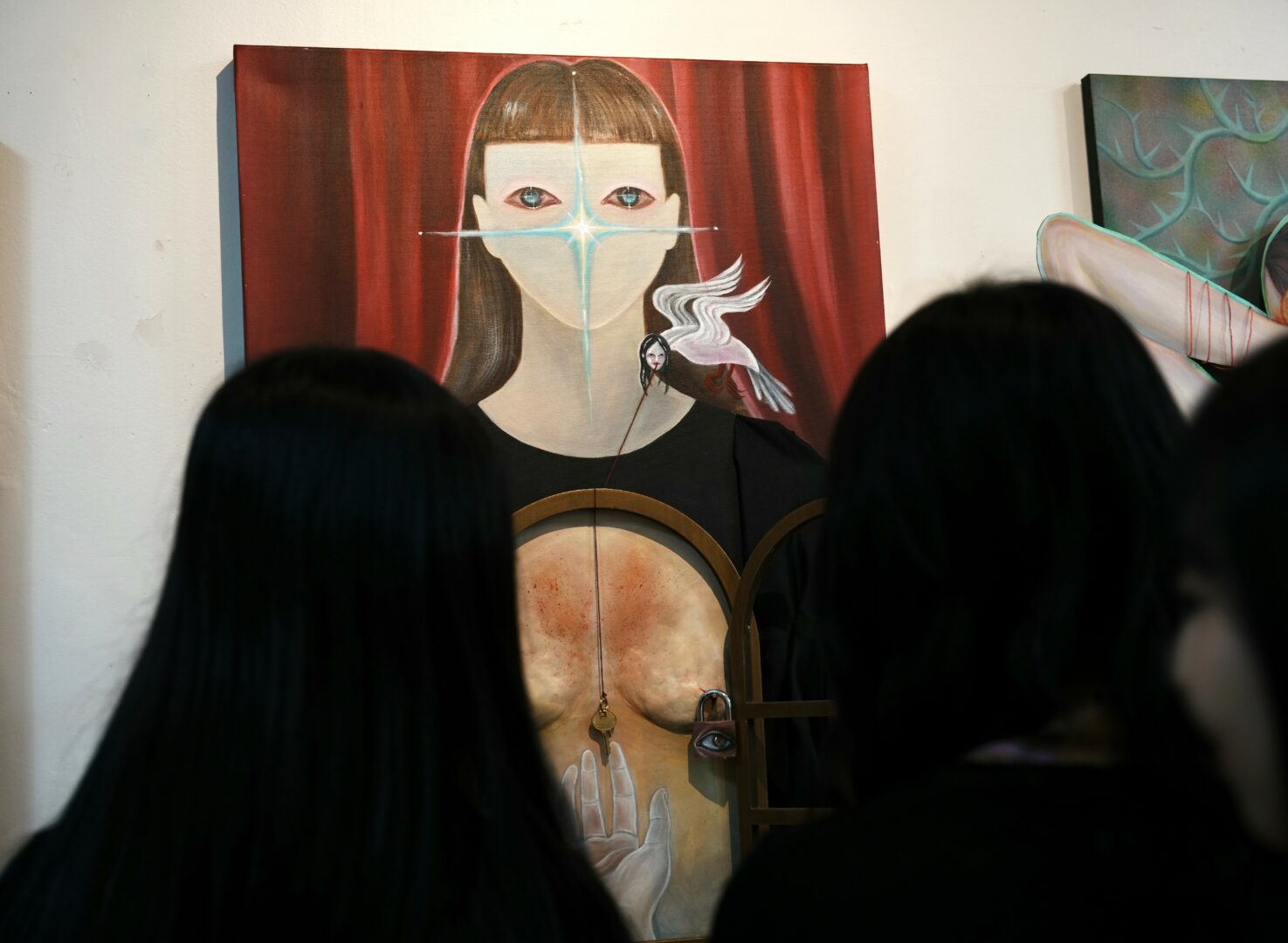
so if you or someone you know deserves recognition please let us know here.

